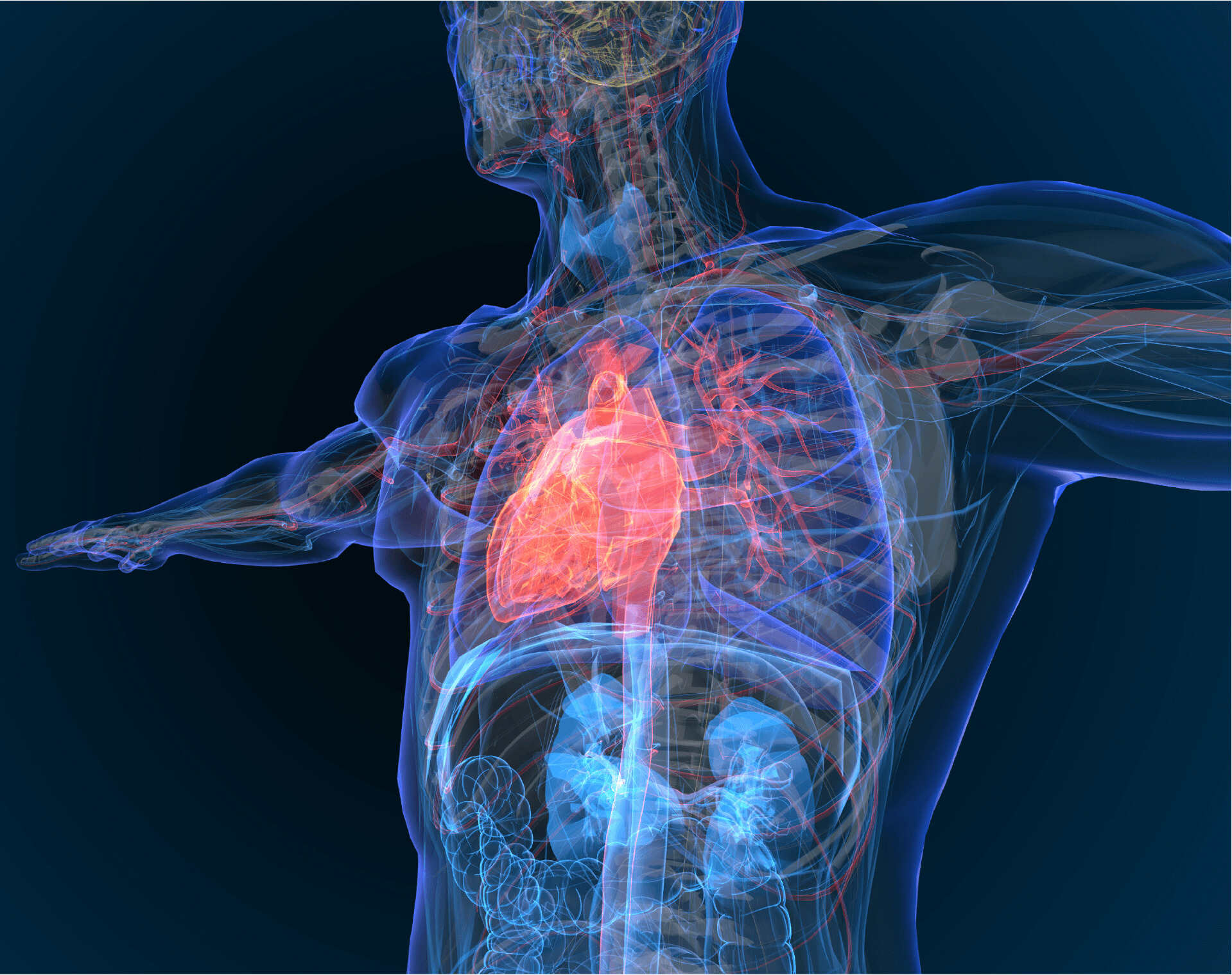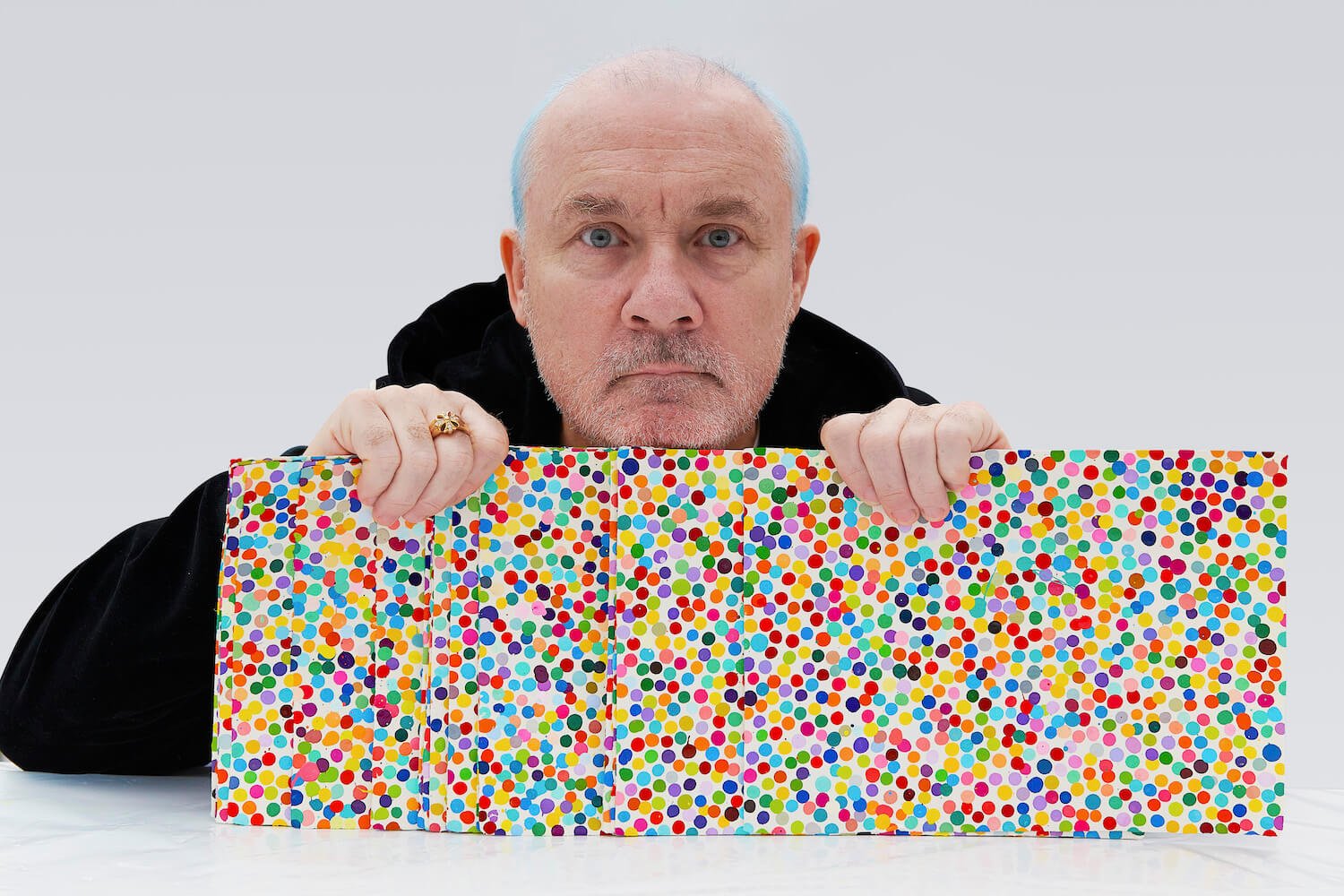
Congenital Heart Disorder (CHD) affects millions worldwide, yet many remain unaware of its complexities. CHD refers to heart defects present at birth, ranging from simple issues like holes in the heart to severe malformations requiring immediate intervention. Did you know that CHD is the most common birth defect, affecting nearly 1% of all births? Advances in medical technology have significantly improved survival rates, but challenges persist. Understanding CHD can help in early detection, better management, and support for affected families. This article dives into 30 intriguing facts about Congenital Heart Disorder, shedding light on its causes, symptoms, treatments, and the latest research.
Key Takeaways:
- 1. Congenital Heart Disorder (CHD) is a common birth defect that affects the heart's structure or function. Early diagnosis and treatment are crucial for better outcomes, and there are various methods to detect and manage CHD.
- 2. Living with CHD requires ongoing care and lifestyle adjustments, but with proper management, many individuals lead healthy, active lives. Support, regular follow-ups, and advances in medical science play key roles in improving the lives of those with CHD.
What is Congenital Heart Disorder?
Congenital Heart Disorder (CHD) refers to heart abnormalities present at birth. These defects can affect the heart's structure, function, or both. Understanding CHD is crucial for early diagnosis and treatment.
- CHD is the most common birth defect. It affects nearly 1% of all births in the United States.
- There are over 35 types of CHD. These range from simple defects like small holes in the heart to complex abnormalities like missing or poorly formed parts of the heart.
- CHD can be detected before birth. Advanced imaging techniques like fetal echocardiography can diagnose CHD during pregnancy.
- Not all CHD cases are severe. Some defects are minor and may not require treatment, while others can be life-threatening.
- Genetics play a role. Some CHD cases are linked to genetic conditions like Down syndrome.
- Environmental factors matter too. Maternal illnesses, medications, and lifestyle choices during pregnancy can increase the risk of CHD.
- CHD can affect any part of the heart. This includes the heart walls, valves, arteries, and veins.
- Symptoms vary widely. They can include rapid breathing, fatigue, poor blood circulation, and cyanosis (bluish skin).
- Early intervention is key. Timely diagnosis and treatment can significantly improve outcomes for children with CHD.
- Surgery is often required. Many children with CHD will need one or more surgeries to correct their heart defects.
How is CHD Diagnosed?
Early and accurate diagnosis of CHD is essential for effective treatment. Various methods are used to identify heart defects in infants and children.
- Physical exams can reveal CHD. Doctors may detect abnormal heart sounds or other signs during routine check-ups.
- Echocardiograms are crucial. This ultrasound test provides detailed images of the heart's structure and function.
- Electrocardiograms (ECGs) measure heart activity. They can identify irregular heart rhythms associated with CHD.
- Chest X-rays show heart size and shape. They can also reveal fluid in the lungs, a sign of heart failure.
- Pulse oximetry measures oxygen levels. Low levels can indicate a heart defect.
- Cardiac MRI offers detailed images. This test is useful for complex cases where other imaging methods are insufficient.
- Genetic testing can identify risk factors. It helps determine if a genetic condition is causing the heart defect.
- Fetal echocardiography is used during pregnancy. It can diagnose CHD before birth, allowing for early planning and intervention.
Treatment Options for CHD
Treatment for CHD varies depending on the type and severity of the defect. Options range from medication to surgery.
- Medications can manage symptoms. Drugs like diuretics, beta-blockers, and ACE inhibitors help control heart function.
- Catheter procedures are less invasive. They can repair some heart defects without open-heart surgery.
- Open-heart surgery is often necessary. This procedure corrects more severe defects by repairing or replacing heart structures.
- Heart transplants are rare but possible. In extreme cases, a heart transplant may be the best option.
- Pacemakers regulate heartbeats. They are used when CHD causes abnormal heart rhythms.
- Lifestyle changes support heart health. A healthy diet, regular exercise, and avoiding smoking can improve outcomes.
- Regular follow-ups are essential. Lifelong monitoring helps manage any ongoing or new heart issues.
Living with CHD
Living with CHD requires ongoing care and lifestyle adjustments. With proper management, many individuals lead healthy, active lives.
- Children with CHD can attend school. With appropriate medical care, most children can participate in regular activities.
- Sports participation is possible. Depending on the severity of CHD, many children can engage in sports with medical clearance.
- Emotional support is crucial. Counseling and support groups help families cope with the challenges of CHD.
- Adults with CHD need specialized care. Transitioning from pediatric to adult care ensures continued health management.
- Research is ongoing. Advances in medical science continue to improve the diagnosis, treatment, and outcomes for individuals with CHD.
Understanding Congenital Heart Disorder
Congenital Heart Disorder (CHD) affects many lives, but awareness and knowledge can make a difference. Early diagnosis and treatment options have improved, offering hope to those affected. Regular check-ups and a healthy lifestyle play crucial roles in managing CHD.
Parents should stay informed about symptoms and seek medical advice if concerns arise. Advances in medical technology continue to enhance the quality of life for CHD patients. Support groups and resources provide valuable assistance and community for families navigating this condition.
By staying educated and proactive, individuals can better manage CHD and lead fulfilling lives. Remember, knowledge is power when dealing with any health condition. Stay informed, seek support, and prioritize health to make a positive impact on the lives of those with CHD.
Frequently Asked Questions
Was this page helpful?
Our commitment to delivering trustworthy and engaging content is at the heart of what we do. Each fact on our site is contributed by real users like you, bringing a wealth of diverse insights and information. To ensure the highest standards of accuracy and reliability, our dedicated editors meticulously review each submission. This process guarantees that the facts we share are not only fascinating but also credible. Trust in our commitment to quality and authenticity as you explore and learn with us.


